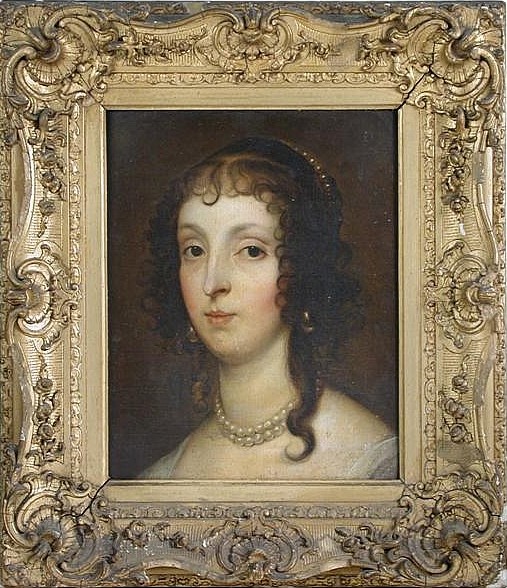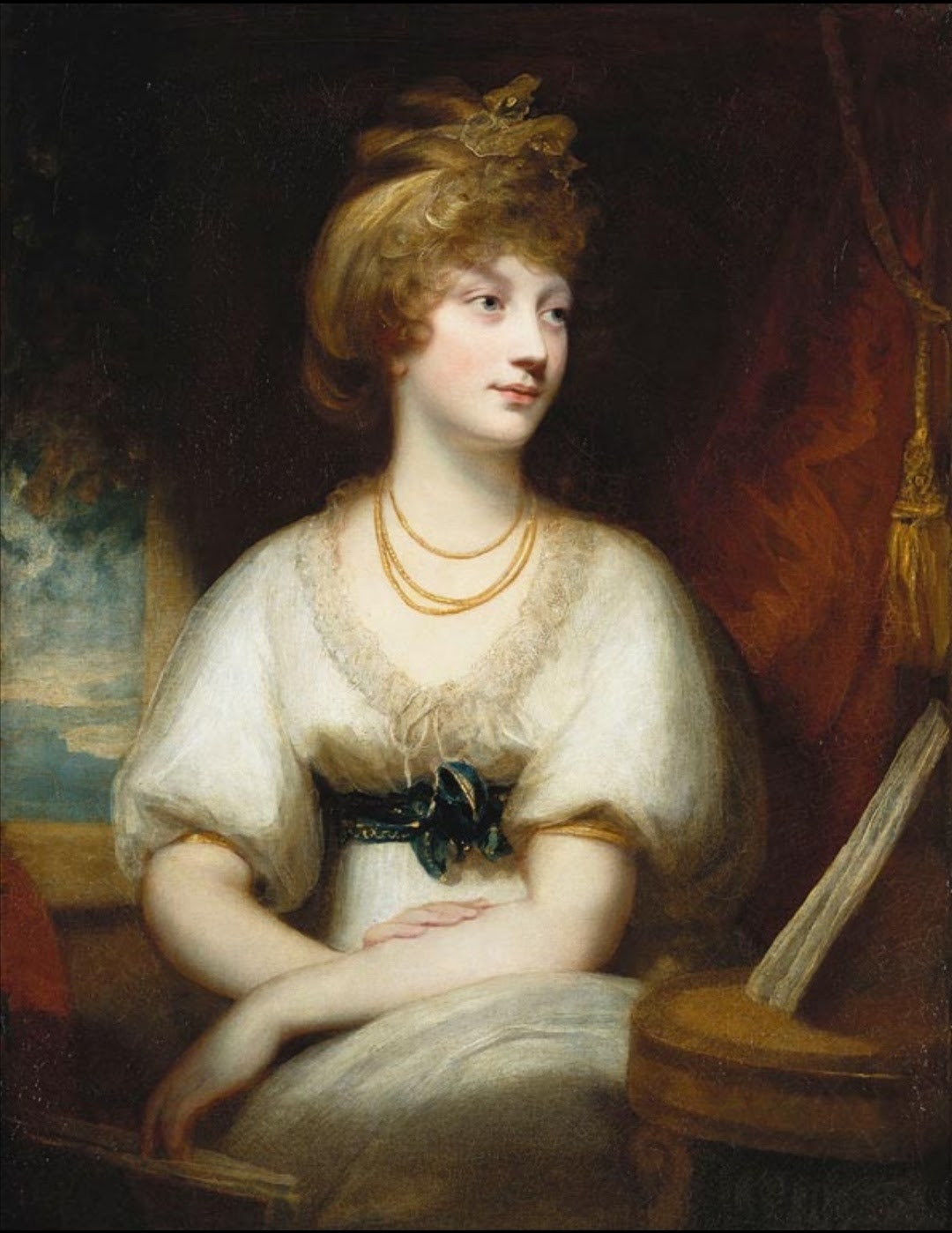by Susan Flantzer
© Unofficial Royalty 2024

James FitzJames, 1st Duke of Berwick, 1st Duke of Liria and Jérica, 1st Duke of Fitz-James; Credit – Wikipedia
A great military leader who was killed on the battlefield, James FitzJames, 1st Duke of Berwick, 1st Duke of Liria and Jérica, and 1st Duke of Fitz-James was born on August 21, 1670, in Moulins, Bourbonnais, France. He was the illegitimate son of King James II of England (reigned 1685 – 1688) and his mistress Arabella Churchill. James’s surname FitzJames comes partially from Anglo-Norman Fitz, meaning “son” so FitzJames means “son of James”. James’ paternal grandparents were King Charles I of England and Henrietta Maria of France (the daughter of King Henri IV of France and Marie de’ Medici). His maternal grandparents were Sir Winston Churchill and Elizabeth Drake. John Churchill, 1st Duke of Marlborough, who gained fame as a military leader and courtier during the reign of Queen Anne, was James’ maternal uncle. King Charles II was his paternal uncle.

James’ parents King James II of England and Arabella Churchill; Credit – Wikipedia
In 1663, during the reign of King Charles II of England, James’s fifteen-year-old future mother Arabella Churchill was sent to court to be a Maid of Honor to the Duchess of York. The Duchess of York, born Anne Hyde, was the first wife of King Charles II’s brother James, Duke of York, the future King James II. Because King Charles II and his wife Catherine of Braganza had no children, James, Duke of York was the heir presumptive to the throne and did succeed his brother in 1685. Arabella captured James’ eye and by 1665, she was his mistress. The Churchill family was firmly loyal to the royal household, and their only feeling about Arabella’s position as a royal mistress seems to have been “a joyful surprise that so plain a girl had attained such high preferment.”
James had three full siblings from her mother’s relationship with King James II:
- Henrietta FitzJames (1667 – 1730), married (1) Henry Waldegrave, 1st Baron Waldegrave, had one son and one daughter (2) Piers Butler, 3rd Viscount Galmoye, no children
- Henry FitzJames, 1st Duke of Albemarle (1673 – 1702), married (1) Marie Gabrielle d’Audibert de Lussan, had one daughter who became a nun
- Arabella FitzJames (1674 – 1704), became a nun in Pontoise, France taking the name Sister Ignatia
James had eight half-siblings from King James II’s first marriage (before he became king) to Lady Anne Hyde but only two survived childhood and both were reigning Queens of England:
- Charles, Duke of Cambridge (1660 – 1661), died at age six months from smallpox
- Queen Mary II of England (1662 – 1694), married her first cousin William III, Prince of Orange in 1677, ascended to the throne in 1689 as co-ruler with her husband after the deposition of her father, no surviving children
- James, Duke of Cambridge (1663 – 1667), died at age three from smallpox
- Queen Anne of Great Britain (1665 – 1714), married Prince George of Denmark, had 17 pregnancies, five live births, no surviving children
- Charles, Duke of Kendal (1666 – 1667), died at age ten months
- Edgar, Duke of Cambridge (1667 – 1671), died at age three
- Henrietta (born and died 1669), died at age ten months
- Catherine (born and died 1671), died at age ten months
James had seven half-siblings from King James II’s second marriage to Maria Beatrice of Modena but only the youngest two survived childhood:
- Catherine Laura (1675 – 1676), died at age nine months
- Isabel (1676 – 1681), died at age four
- Charles, Duke of Cambridge (born and died 1677), died 35 days after his birth
- Elizabeth (born and died 1678), died in infancy
- Charlotte Maria (born and died 1682): died at age two months from convulsions
- James Francis Edward, Prince of Wales “the Old Pretender” (1688 – 1766), married Maria Clementina Sobieski, had two sons
- Louisa Maria Teresa (1692 – 1712), died at age nineteen from smallpox
James had three half-siblings from his mother’s marriage to Charles Godfrey:
- Elizabeth Godfrey (1677 – 1719), married Edmund Dunch, had four children
- Francis Godfrey (1681 – 1712), unmarried
- Charlotte Godfrey (circa 1682 – 1754), married Hugh Boscawen, 1st Viscount Falmouth, had nine children
James was raised in France and was educated at the College of Juilly, a private Catholic school still in existence, the Collège du Plessis, a college of the University of Paris, and the Jesuit College of La Flèche which was in existence from 1604 – 1762. At the age of sixteen, he received military training while serving with Charles V, Duke of Lorraine, the Commander-in-Chief of the Imperial Army of the Holy Roman Empire.
James returned to England a year later. His father King James II appointed him Governor of Portsmouth and Colonel of the Blues, and created him a Knight of the Order of the Garter. In 1688, the Glorious Revolution forced James’ father King James II of England to vacate the throne in favor of his daughter (and James’ half-sister) Queen Mary II and her husband and first cousin (also James’ first cousin) King William III. The former King James II, his second wife Maria Beatrice of Modena, and their son James Edward Francis Stuart, the former Prince of Wales (James’ half-brother) were exiled. They settled in France, where King James II’s first cousin King Louis XIV provided him with the Château de Saint-Germain-en-Laye in France. James’ English peerage and its subsidiary titles were considered forfeited after the forced exile of his father in 1688.
James’ military training with the Imperial Army of the Holy Roman Empire proved invaluable. From 1689 – 1691, he served in the Williamite War in Ireland in which the Jacobite supporters of the exiled King James II unsuccessfully fought to restore the House of Stuart to the English throne. After the 1691 Treaty of Limerick, James withdrew permanently to France. He served in the French Army in twenty-nine campaigns, commanding fifteen of the campaigns against his maternal uncle, the great English military leader John Churchill, 1st Duke of Marlborough.

King Felipe V of Spain creating James Duke of Liria and Jérica; Credit – Wikipedia
In 1706, King Louis XIV rewarded James for his service by creating him a Marshal of France, a French military honor awarded to generals for exceptional achievements, and by creating him Duke of FitzJames in the peerage of France in 1710. After James participated in the War of the Spanish Succession, King Felipe V of Spain rewarded his military capabilities by creating him Duke of Liria and Jérica in 1707 in the Spanish nobility.

James’ first wife Honora Burke; Credit – Wikipedia
On March 26, 1695, at the chapel of the Château de Saint-Germain-en-Laye in France, James married Lady Honora Burke, the widow of Patrick Sarsfield, 1st Earl of Lucan, who had died in battle in 1693.

James and Honora’s son James Fitz-James Stuart, 2nd Duke of Berwick, 2nd Duke of Liria and Xérica; Credit – Wikipedia
James and Honora had one son who served in the Spanish Army and founded a Spanish dynasty, the Dukes of Liria and Jérica and later the Dukes of Alba.
- James Fitz-James Stuart, 2nd Duke of Berwick, 2nd Duke of Liria and Xérica (1696 – 1738), married Catalina Ventura de Portugal-Columbus, 9th Duquesa de Veragua y de La Vega, had six children but only four survived childhood
James’ wife Honora, aged about twenty-three, died on January 16, 1698, in Pézenas, Languedoc, France, from tuberculosis, leaving a two-year-old son and a grieving husband. She was buried at the Convent of English Benedictines in Pontoise, France.
Two years after his first wife’s death, James married Anne Bulkeley, on April 18, 1700, in Paris, France. Anne was the daughter of Henry Bulkeley, who served as Master of the Household to King Charles II and King James II.
James and Anne had thirteen children, the nine below survived childhood. Their descendants are the French Ducs de Fitz-James.
- Henry James FitzJames, 2nd Duke of FitzJames (1702 – 1721), died at age nineteen, married Victoire-Félicité de Duras de Durfort, no children
- Henriette de FitzJames (1705 – 1739), married Jean-Baptiste-Louis, Count of Clermont d’Amboise, Marquis of Reynel, had four children
- François de Fitz-James, 3rd Duke of FitzJames, (1709 – 1764), became a priest, served as Bishop of Soissons, and as a chaplain to King Louis XV of France
- Laure-Anne de Fitz-James (1710 – 1766), married Joachim-Louis de Montagu, Marquis of Bouzols, no children
- Henry de FitzJames (1711 – 1731), colonel of the Berwick Regiment of Irish Infantry
- Charles de FitzJames, 4th Duke of FitzJames (1712 – 1787), Marshal of France, Lieutenant General during the Seven Years’ War, Governor of Limousin in 1734 married Louise Victoire Goyon, had four children
- Marie Emilie de FitzJames (1715 – 1770), married François-Marie de Pérusse, Marquis d’Escars, had four children
- Edouard de FitzJames (1716 – 1758) field marshal in 1734 and lieutenant general in 1748, unmarried
- Anne Sophie de FitzJames (1718 – 1763), became a nun
In 1733, the nearly 63-year-old James was chosen to command the French troops in the War of the Polish Succession. He led his French troops to victory at the Siege of Kehl in the Margraviate of Baden, now in Baden-Württemberg, Germany, on October 29, 1733. After the Siege of Kehl, the French army went into winter quarters. During the spring of 1734, James planned to lead 100,000 troops to siege the city of Philippsburg in the Margraviate of Baden, now in Baden-Württemberg, Germany.

The death by decapitation of James FitzJames, 1st Duke of Berwick, 1st Duke of Liria and Jérica, 1st Duke of Fitz-James at the Siege of Philippsburg; Credit – Wikipedia
Although the French were victorious at the Siege of Philippsburg, on June 12, 1734, the nearly 64-year-old James FitzJames, 1st Duke of Berwick, 1st Duke of Liria and Jérica, 1st Duke of Fitz-James was killed when a cannonball decapitated him while he was inspecting the work on trenches.
On June 14, 1734, the coffin of James Fitz-James was transported in a grand military style to Strasbourg Cathedral in Strasbourg, France, and placed in the crypt there. James had expressed the desire to be buried next to his son at the Church of the English Benedictines on Rue Saint-Jacques in Paris, France. However, he was interred at the Scots College in Paris, France. His tomb was destroyed during the French Revolution and his remains were lost.
This article is the intellectual property of Unofficial Royalty and is NOT TO BE COPIED, EDITED, OR POSTED IN ANY FORM ON ANOTHER WEBSITE under any circumstances. It is permissible to use a link that directs to Unofficial Royalty.
Works Cited
- Arabella Churchill (royal mistress). (2023). Wikipedia. https://en.wikipedia.org/wiki/Arabella_Churchill_(royal_mistress)
- Beauclerk-Dewar, Peter & Powell, Roger. (2006). Right Royal Bastards – The Fruits of Passion. Burke’s Peerage & Gentry LLC.
- Flantzer, Susan. (2017). King James II of England. Unofficial Royalty. https://www.unofficialroyalty.com/king-james-ii-of-england/
- Jacques Fitz-James. (2024). Wikipedia. https://fr.wikipedia.org/wiki/Jacques_Fitz-James
- James FitzJames (1670-1734) – Find a Grave… (n.d.). Www.findagrave.com.Retrieved from https://www.findagrave.com/memorial/208830666/james-fitzjames
- James FitzJames. (2018). Wikipedia. https://en.wikipedia.org/wiki/James_FitzJames
- Weir, Alison. (2008). Britain’s Royal Families – The Complete Genealogy. Vintage Books.









